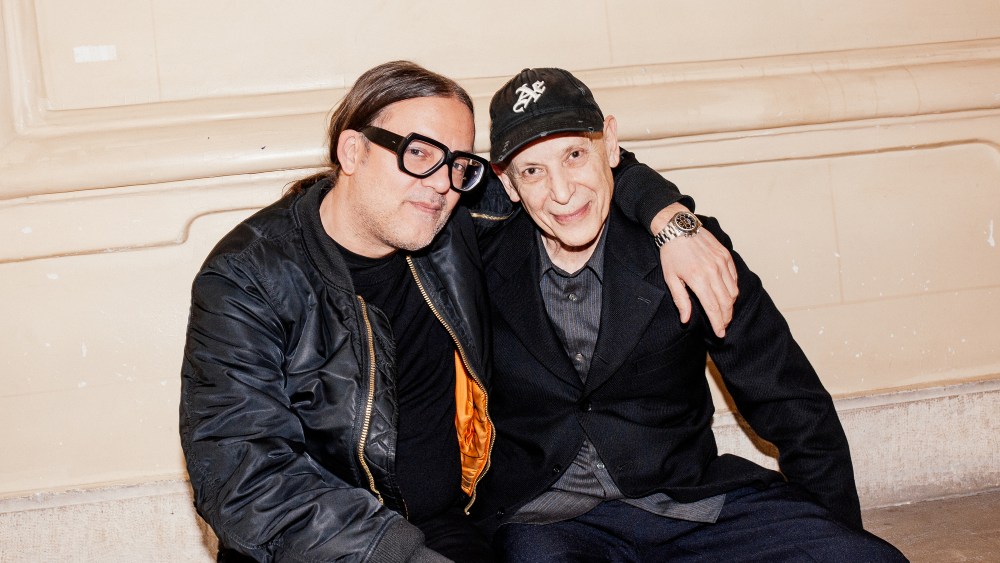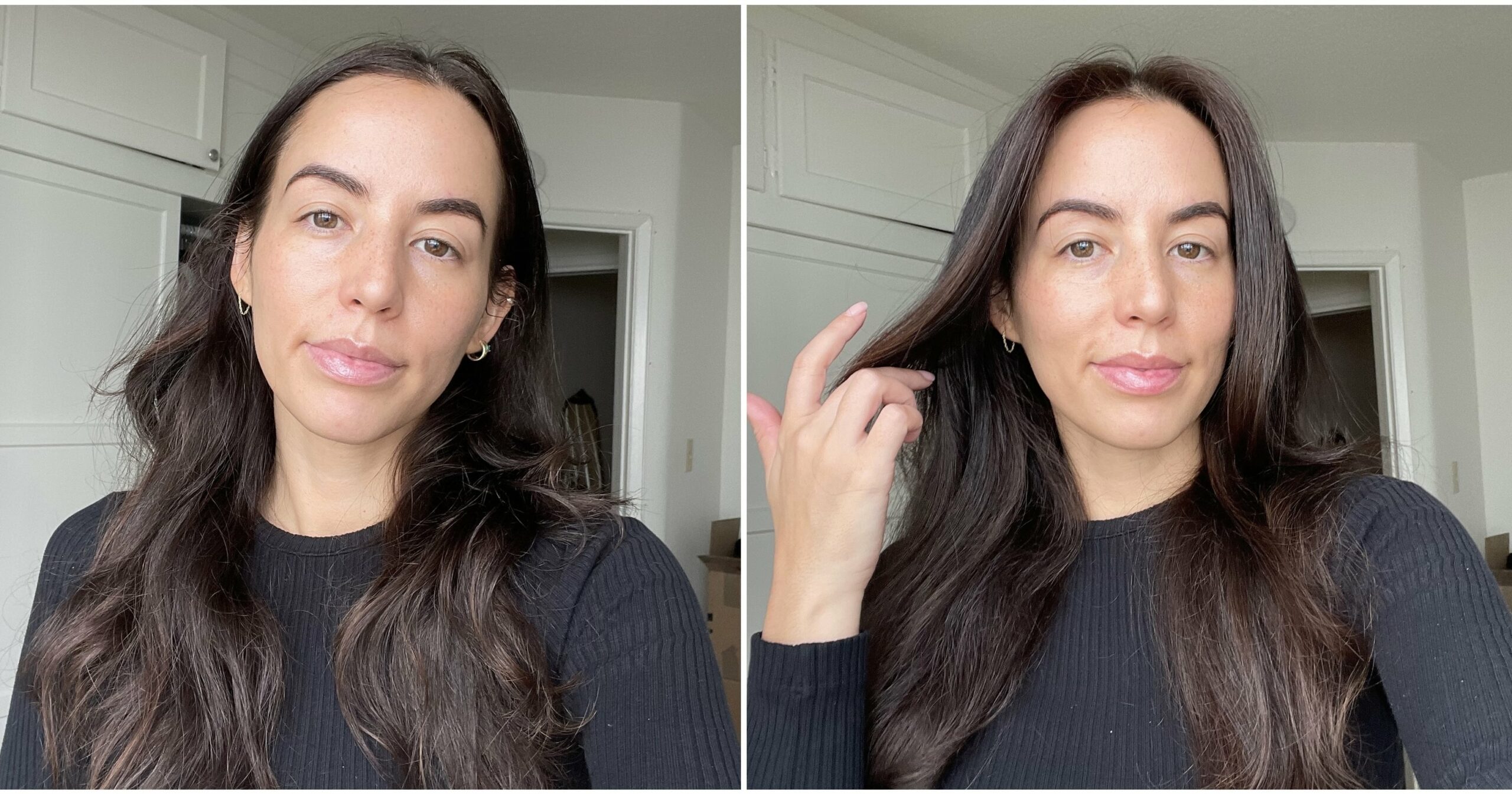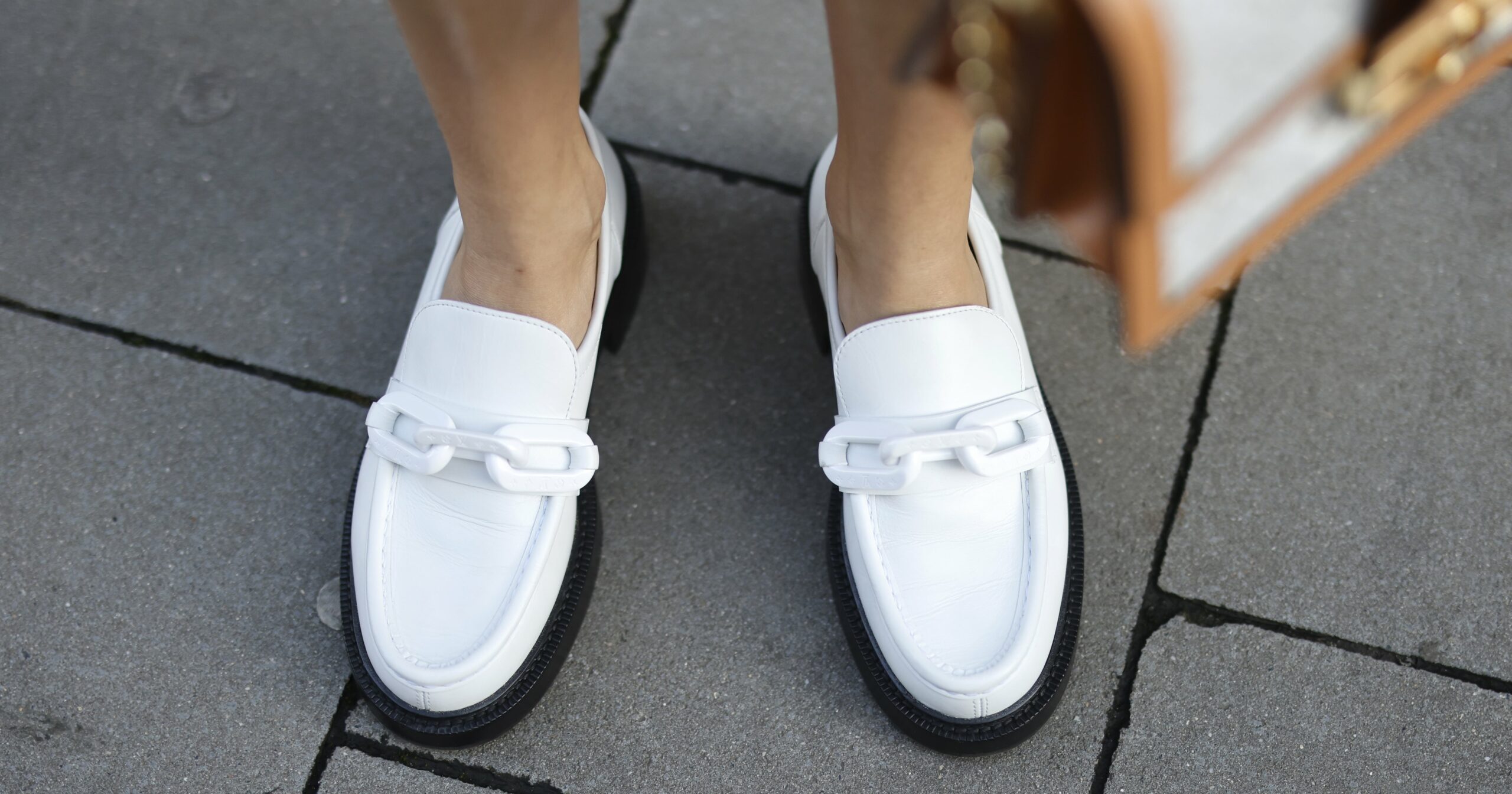PARIS — Advocacy group Parley for the Oceans is diving into materials development and launching its own fashion collection, in partnership with Dover Street Market.
“This is really part of a new chapter of Parley,” said cofounder and chief executive officer Cyril Gutsch in an interview.
Gutsch and cofounder Lea Stepken will launch Parley Future Material (PFM) as a separate, direct investment vehicle and incubator to fund and support the development of next-gen materials.
Gutsch will simultaneously serve as head of the privately funded, for-profit PFM, while Parley for the Oceans will continue its advocacy mission as a non-profit.
Parley will launch its own apparel line with 120 pieces, all produced in Italy and Portugal, which will be presented to buyers at Dover Street Market during Paris Fashion Week in March. DSM will “do the heavy lifting” on sales and managing inventory, said Gutsch, who with Stepken will concentrate on material development and design.
You May Also Like
Stepken will oversee design of the core collection, and Parley will also bring in guest designers. Gutsch promised an “influential and unexpected” first guest designer to be revealed soon.
In addition to its advocacy, Parley for the Oceans’ first dozen years of existence were devoted to intercepting and recycling plastic waste and discarded fishing gear, and turning it into its trademark Parley Ocean Plastic fiber. The NGO pioneered partnerships with brands and designers, including a long-standing collaboration with Dior.
Gutsch is clear that he does not intend to develop a fashion brand focused on a never-ending growth trajectory; instead, he wants to use the Parley line as a testing ground for new materials and business models.
“Parley is not meant to be a brand that is a fashion manufacturer. Parley is meant to be the ignition spark,” he said, to inspire other companies and creatives.

Currently fashion brands — even from big companies — don’t want to go through R&D, and instead want to see an already-proven product. They are not following through on their environmental pledges, instead falling back on bolstering the bottom line, driven by profit margins, the market or private investors, he asserted.
“The excuse is always the same. ‘Materials are too expensive.’ ‘We don’t have enough science,’” as well as the double-edged sword of greenwashing. And with a general retreat from ESG initiatives across many sectors, the impetus for new materials research is simply not there. “They don’t see the upside.”
He added that he has seen cycles of big brands using a new material and hyping it up for a capsule collection, without establishing long-term commitments, production volumes, or true integration. If the collection isn’t a hit, they tend to abandon their efforts early.
“Now we realize that we have to make product ourselves so we can deploy these materials, because the big companies, the big brands, the big fashion houses are not willing to take the risk or experiment,” he said.
The Parley line will serve as proof of concept using materials PFM has invested in, as well as other materials.
PFM’s first round of investments includes a handful of next-gen companies: Bananatex, Modern Synthesis, Nuvi, Sparxell and TômTex.
Bananatex uses regenerative farming to produce a biodegradable and plastic-free fabric; Modern Synthesis produces a microbe-based lab-grown leather; Nuvi manufactures a leather alternative made from sustainably sourced plants and minerals, including algae and marble; Sparxell is a plastic-, titanium dioxide- and mica-free pigment made from cellulose, and TômTex uses crustacean shells diverted from landfill, as well as mushrooms, in its material products.
Bananatex has already debuted a jacket, made in collaboration with Dior, at last year’s Biofabricate convention.
Parley for the Ocean’s previous partnership with Adidas “forced us to think at scale,” he said. That experience has given Gutsch the know-how to assess new materials’ production potential, as well as help guide the companies PFM is investing in.
The collaboration with DSM will support Parley at several levels, including collaborating on material development, production, and distribution.
Dover Street Market is one of the most important collaboration spaces for young designers, and Gutsch sees this model as an example of supporting young tech innovators too. It also has retail reach, and will feature the brand in its wholesale showroom.
“An important aspect about Dover Street Market is that they are really at the crossroads” of designers, brands and vendors, Gutsch said. “When we do something with them, our hope is that we can influence or inspire others, that we can talk to and show to the whole community that things can be done differently.
“They have really opened up their organization as a space for us where we can explore,” Gutsch added. He has also been quietly consulting with DSM on how to lower their own Scope 1 and 2 carbon footprint.
Parley will make their learnings open source so that other brands can adopt the new materials using best practices, as well as cohost with DSM a series of talks with young designers and another for fashion executives to help people at all levels of the industry understand new materials.

Overall, the industry has been trying to find things that behave exactly like what already exists and becoming frustrated when that fails. He encourages a rethink.
“Alternatives often are not a substitute, but a new opportunity, because these materials have different features, they can do different things that plastic probably can’t do,” he said.
Gutsch said the Parley collection aims to flip the design process on its head.
“You need to allow the process to take its own course sometimes, and just to understand the way that you were wrong or [the material] is not doing what you wanted it to do — but it can do something else,” he said. “You turn it around and you say, what does this material want to be? And that’s what fashion designers today are not used to.”
Parley for the Oceans will also continue its collaboration approach to big brands, but “take way more leadership when it comes to design,” he said.
“In the past we were focusing on empowering and enabling brands to use our materials, and we find now that the language and the design itself plays such a big role, and we want to be very precise with that. We want to be on point, and we want to see products made that are extremely desirable,” he said.
With its own product line, Parley can “find the right applications, and then develop the right business models for these materials,” said Gutsch.
“And last but not least, to boost the hell out of them, because that is what we are good at. We want to show amazing product, and good, well-designed product with a new material is the best advertising you can have.”



